Refer to the exhibits.
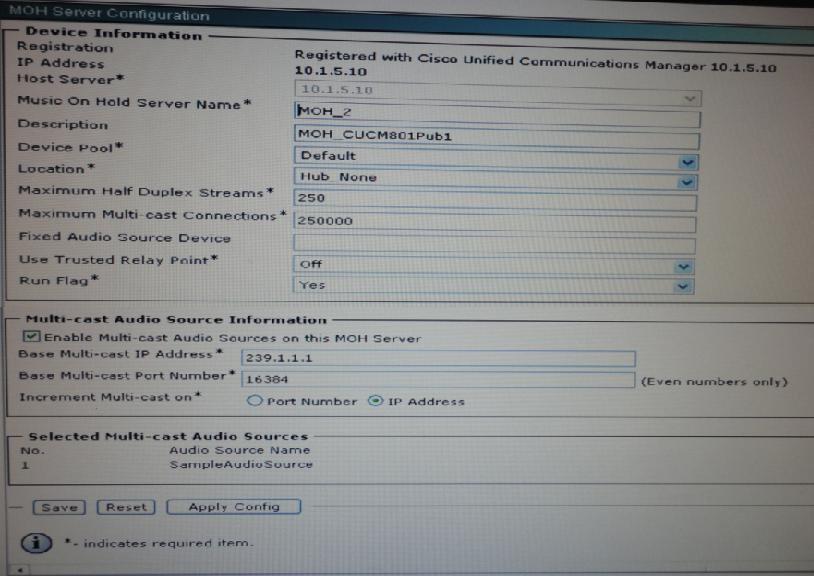

MOH has been configured to run from flash at the BR1 site. The HQ phones and MOH server are placed in the Default region through the Default device pool. The BR1 phones are placed in the BR1 region through the BR1
device pool. The region configuration between Default and BR1 only permits 729 codec.
When an IP phone user at the HQ site places a BR1 caller on hold, the BR1 caller hears tone on hold.
Which of the following can cause this issue?
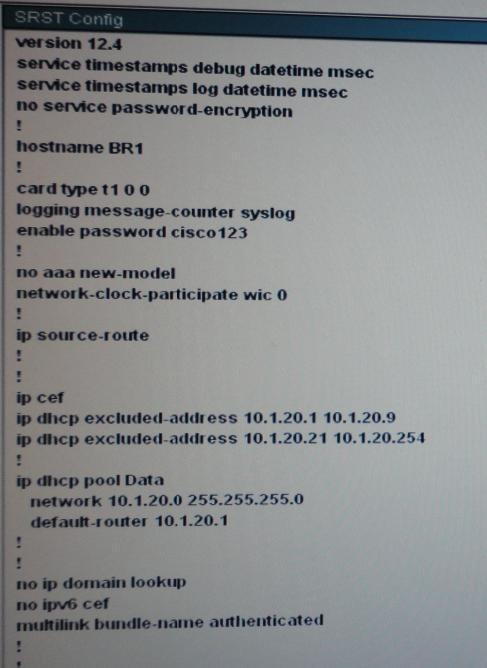
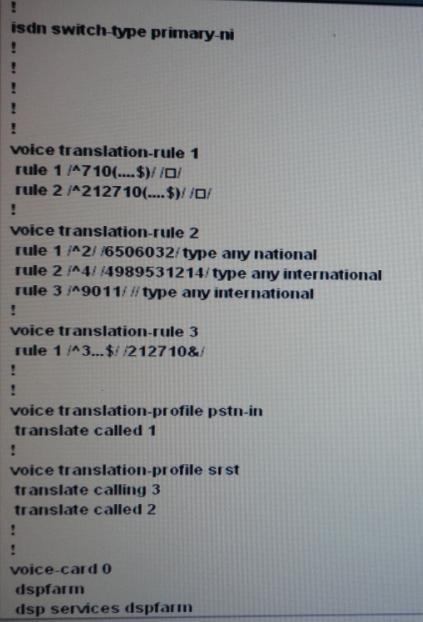
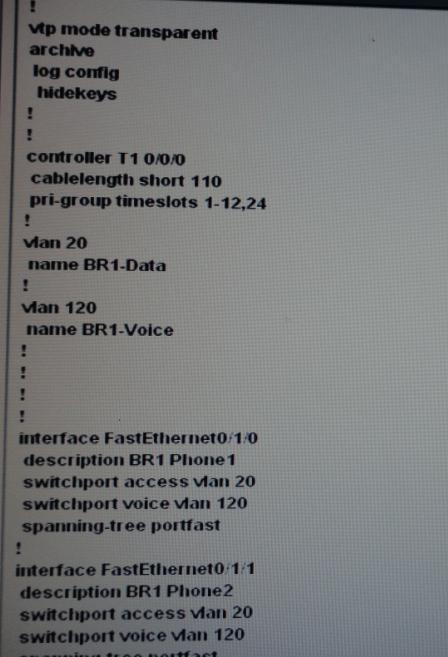
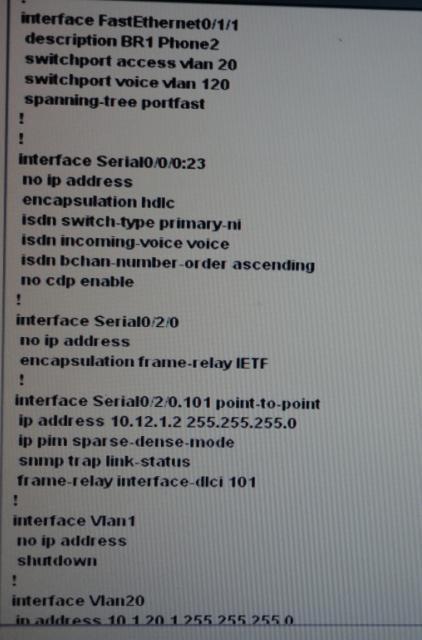
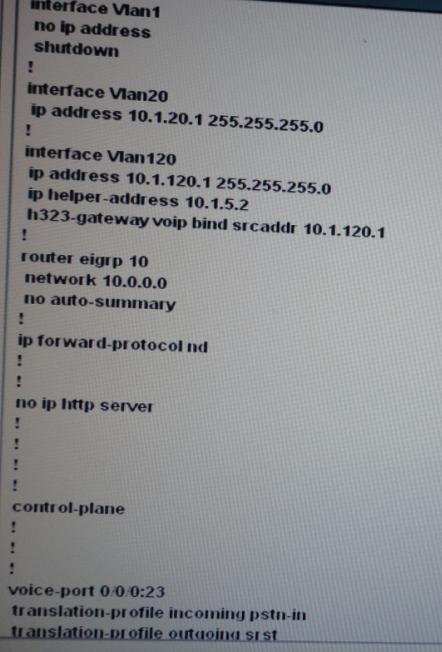
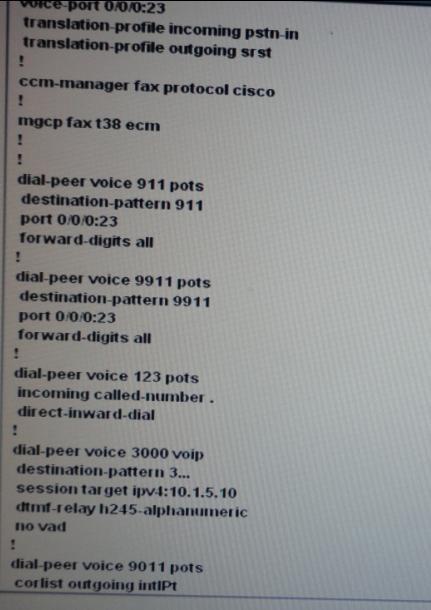
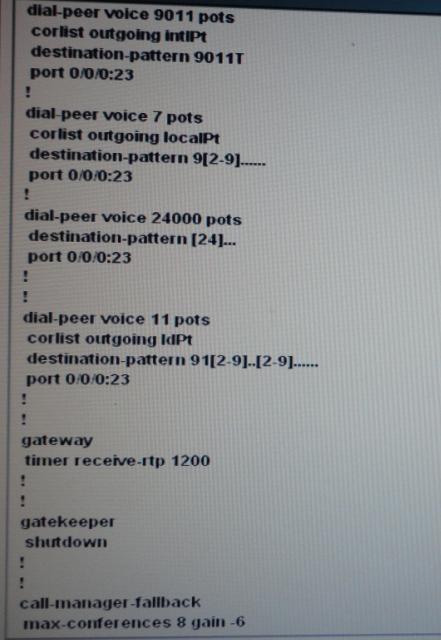
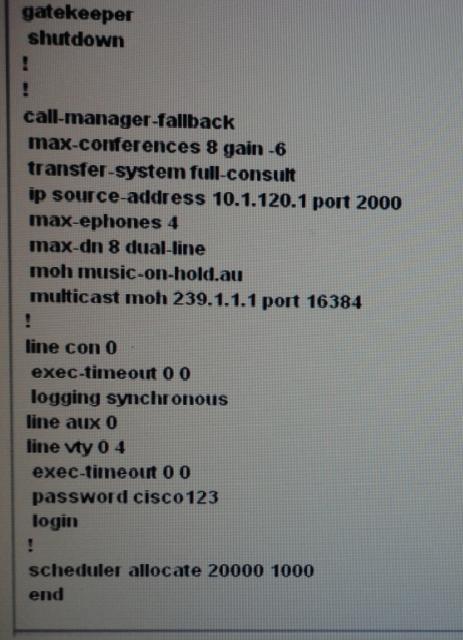
A. Multicast routing is not enabled on the BR1 router.
B. The command ip pim separate-dense-mode is missing from interface VLAN 120 at the SRST router in BR1.
C. The MOH server is unable to stream MOH using G.711 codec because of the regions configuration.
D. The command route 10.1.120.1 must be added to the multicast moh 239.1.1.1 port 16384 command at the SRST router in BR1.
E. The Max Hops is too small in the MOH configuration

